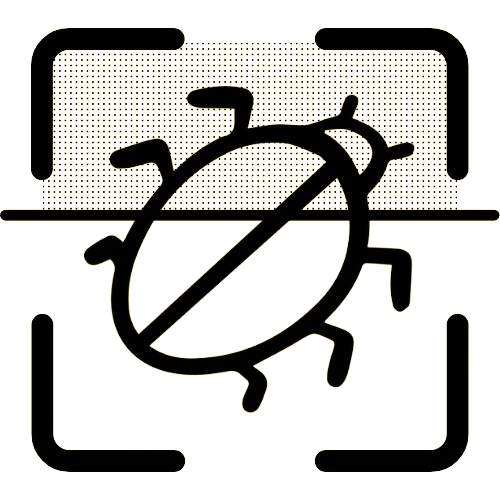The Ultimate Guide to Bed Bug Detection at Home: Safeguarding Your Space
June 02, 2025
Bed bug detection is a crucial skill for every homeowner, especially in a world where travel and shared spaces are common. Identifying these unwelcome guests early can save you from costly treatments and sleepless nights. In this comprehensive guide, we'll walk you through how to conduct a home bed bug inspection effectively, identify the early signs of bed bugs, and share DIY tips for a thorough bed bug check. Additionally, we'll discuss preventing future infestations, equipping you to safeguard your living space.
Understanding Bed Bug Detection
Bed bugs are elusive pests that can easily go unnoticed if not carefully looked for. Early detection is key to stopping an infestation before it becomes severe. While professional pest control services are an option, understanding how to conduct a DIY bed bug check can empower you to catch an infestation in its early stages.
Early Signs of Bed Bugs
Knowing what indicators to look for is essential when performing bed bug detection. You should be on the lookout for the following early signs:
- Bite Marks: Bed bugs feed primarily at night on exposed skin, leaving behind small, red, itchy welts.
- Rusty Stains: These occur when bed bugs are crushed, and are typically found on sheets or pillowcases.
- Dark Spots: Tiny dark, fecal spots can often be found on mattresses, bedding, and along the seams.
- Egg Shells: Bed bugs lay tiny, white eggs that can be tricky to spot without a magnifying glass.
- Live Bugs: Though harder to find due to their nocturnal nature, adult bed bugs can be seen with the naked eye.
For more details on identifying these pests, refer to our detailed guide on early signs of bed bugs.
Conducting a Home Bed Bug Inspection
A thorough home bed bug inspection involves scrutinizing every part of your living spaces where bed bugs could potentially hide.
- Start with the Bed: Strip all bedding and examine seams and labels on the mattress and box springs. Use a flashlight to look in crevices.
- Check the Upholstery: Inspect sofas and chairs, especially between cushions and seams.
- Look at the Walls and Carpets: Bed bugs can hide in cracks in the wall or under the edge of carpets.
- Inspect Personal Items: Look through books and clothing, paying attention to luggage and bags from recent travels.
For tips on enhancing your bed bug detection process, explore our article on maximizing bedbug detection.
Preventing Future Infestations in Your Home
Once you've tackled or ruled out an infestation, proactive steps can significantly decrease the risk of future invasions.
Routine Checks and Maintenance
Regular inspections should become part of your home maintenance routine. Set reminders to perform monthly checks of your bedrooms and shared living areas. Use protective mattress covers and vacuum frequently to reduce the likelihood of bed bugs settling in.
Best Practices for Bed Bug Prevention
- Minimize clutter, which can serve as a hiding place for bed bugs.
- Wash and dry bedding on high heat regularly, as high temperatures can kill bed bugs.
- Be cautious with second-hand furniture, thoroughly inspecting it before bringing it into your home.
- Consider using bed bug traps or detectors in strategic locations around your sleeping areas.
For more in-depth tips, check out our article on preventing bed bug infestations.
Conclusion
Detecting bed bugs early is essential for maintaining a peaceful, comfortable home environment. By conducting regular inspections and being aware of the early signs of bed bugs, you can prevent small issues from becoming larger infestations. Remember, while DIY inspections are vital, they can never replace the performance and precision of professional tools. For a more accurate assessment, consider using our AI-powered Bedbug Scanner for quick, reliable detection.
Protect your home and health by staying vigilant, and let Bedbug-Scanner.com be your trusted partner in identifying and managing bed bug concerns.
